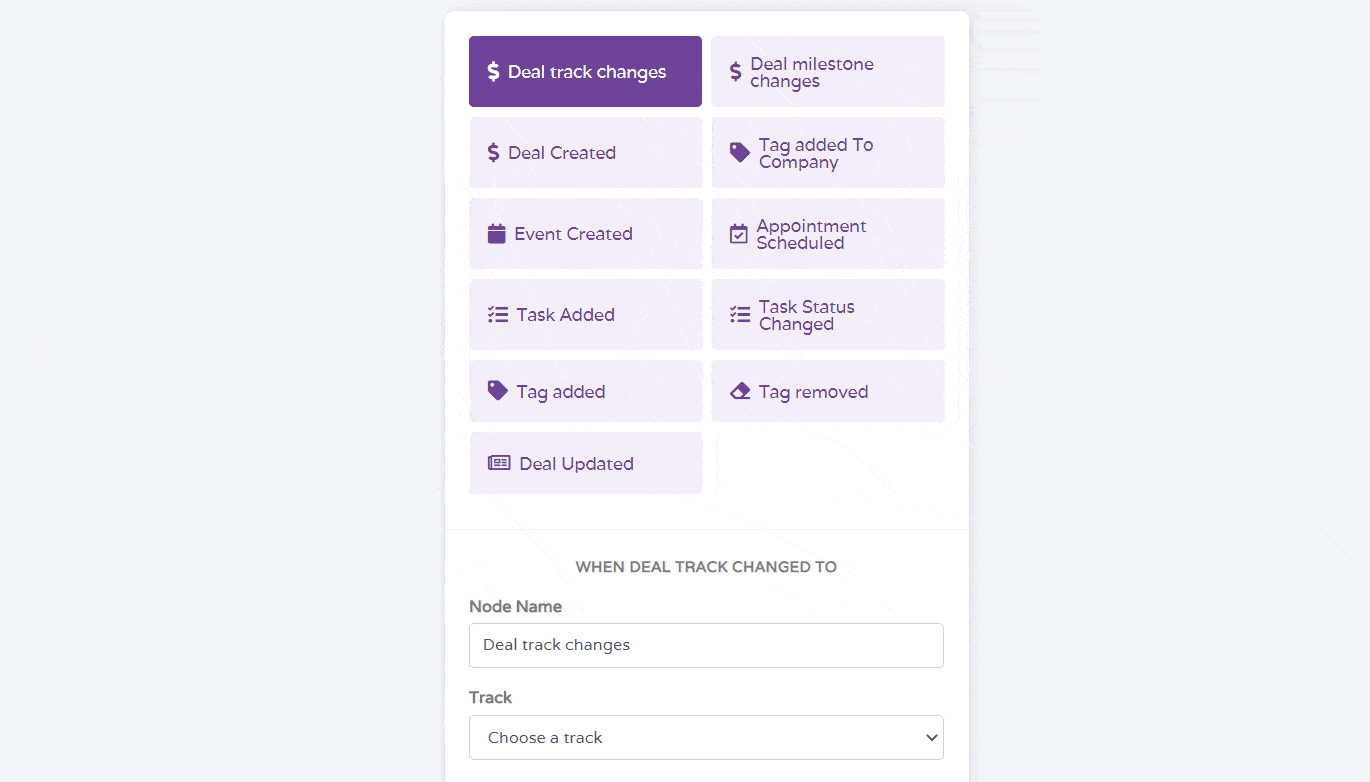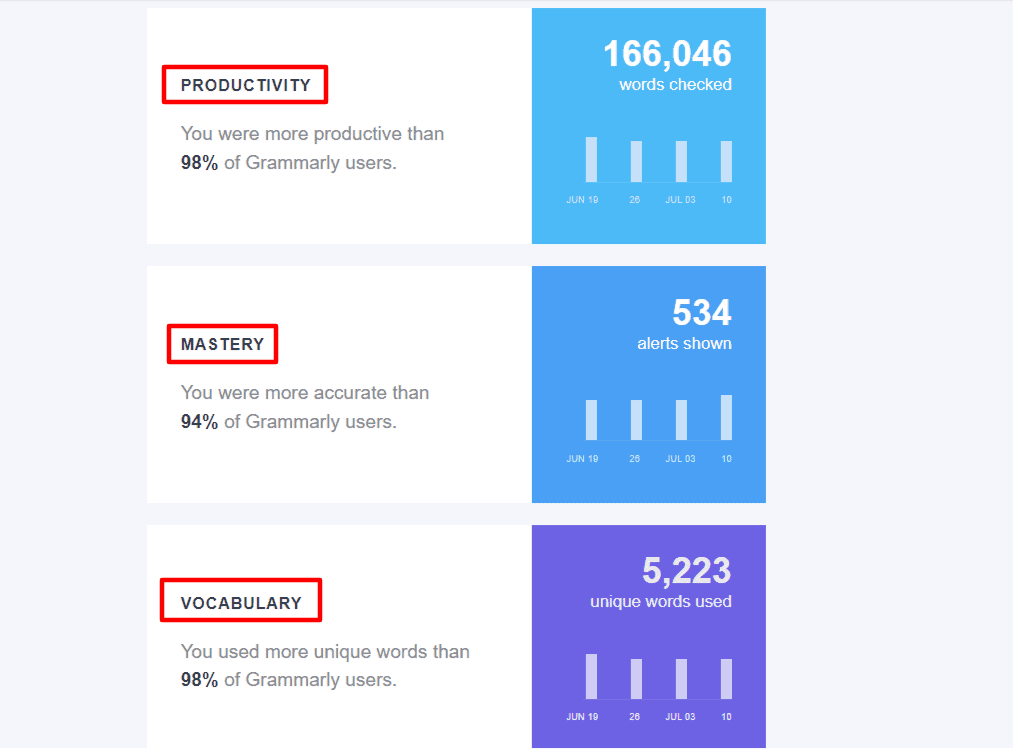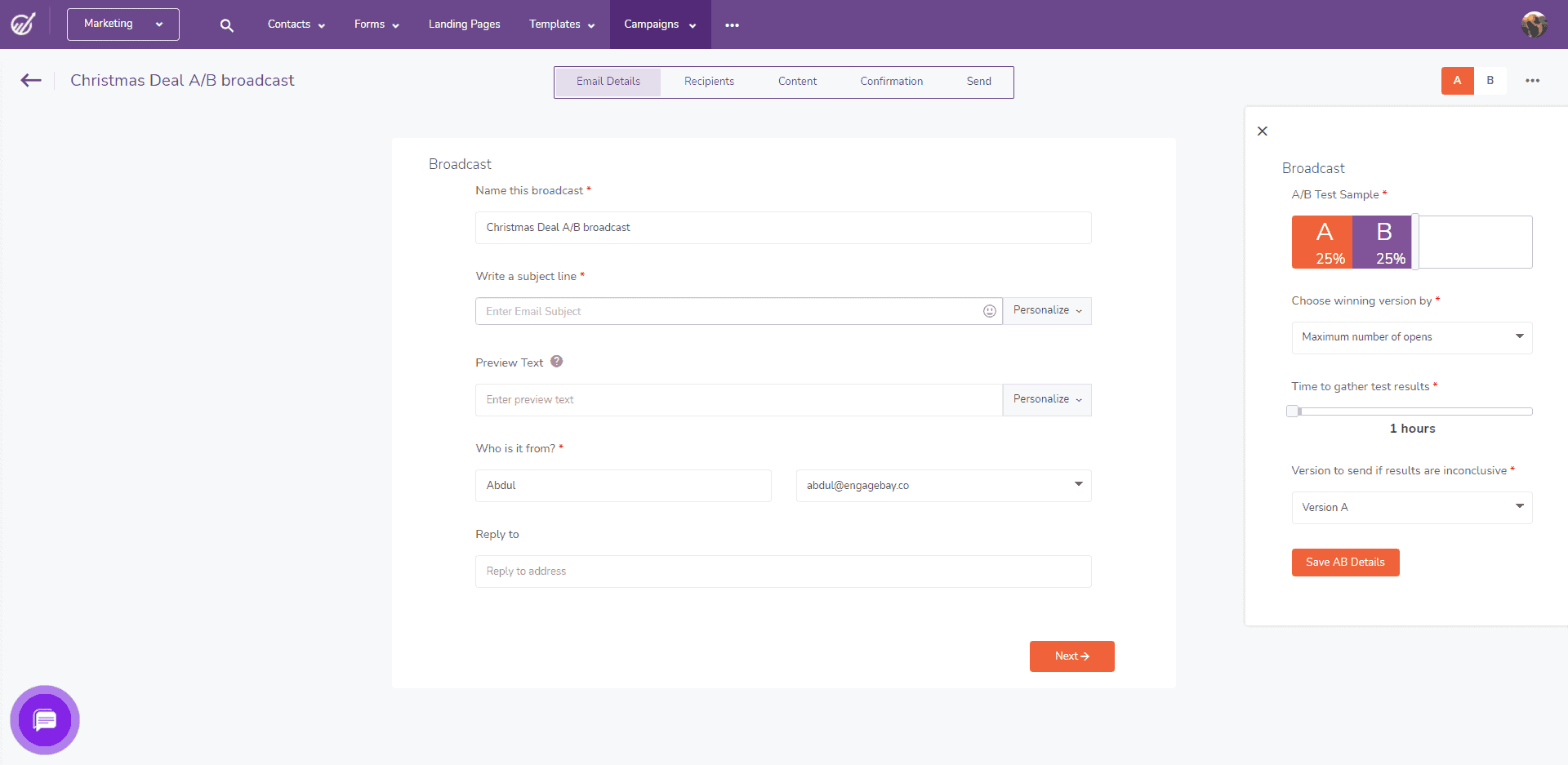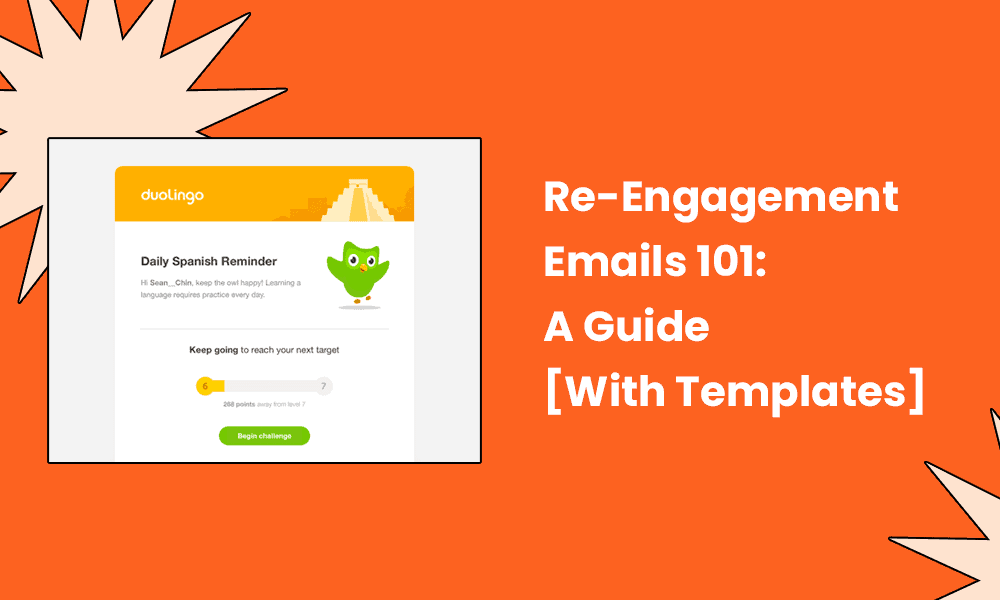In the present landscape of email marketing, a silent killer is lurking in the shadows – subscriber disengagement. Imagine how it would feel if you spent hours crafting the email campaign, only to have your once enthusiastic subscribers turn you down.
Ouch! That’s where re-engagement emails swoop in like a superhero.
Re-engagement emails are like a warm cup of tea on a rainy day for your subscribers. The kind of reminders that remind your audience why they love your brand.
But here’s the kicker – on average, marketers lose 25% of their email list annually due to subscribers turning into digital ghosts. (Source: Smart Insights)
Now, let’s talk turkey. Why should you care? Well, an engaged email list is like a golden ticket. It not only boosts your deliverability but also cranks up your conversion rates.
But wait, there’s more! A whopping 45% of recipients read re-engagement emails. But hold your horses; only 24% of the inactive crowd does the same. (Source: Smart Insights)
So, what’s the secret sauce?
Data!
Riding the data wave can help you pinpoint the right audience, get started with the right content, and hit the send button at just the right moment. It’s like having a crystal ball that guides your every move.
This article can be your operating manual. We’ll go on a thrilling journey through the land of re-engagement emails. From the psychology behind them to the art of segmentation and the magic of personalization – we’ve got it all.
Buckle up, because this is going to be one heck of a ride!
Table of Contents
What Does a Good Re-Engagement Email Look Like?
Out of respect for your time, let’s directly get to the topic. Imagine an email that makes your subscribers’ hearts skip a beat and compels them to click. What’s the secret?
Let’s dissect the anatomy of an effective re-engagement email.
- Personalized greeting: How it will feel when an email greets you by name, like an old friend. “Hey [Your Name], we’ve missed you!” It’s like a warm hug in your inbox. This sets the tone and makes the email feel more personal.
- Compelling subject line: The subject line is the storefront of your email. “Missed you! Here’s a little something…” creates curiosity and a sense of value. It’s essential to be clear and compelling to entice the click.
- Concise content: Inside, keep the content concise and focused. Let them know you’ve noticed their absence and that they’re valued. For instance, “We haven’t seen you in a while, and our community isn’t the same without you.”
- Incentive to re-engage: Offer an incentive that’s hard to refuse. It could be a discount, exclusive access, or a gift. This is the hook that reels them back in.
- Clear call-to-action (CTA): The CTA is the climax of the email. It should be bold and clear, guiding subscribers on what to do next. “Claim Your Gift” or “Rejoin Now” are examples of strong CTAs.
- Unsubscribe option: Include an option to unsubscribe. This might seem counterintuitive, but it’s important to give subscribers control. It also keeps your list healthy and compliant with email marketing laws.
- Mobile optimization: Ensure that the email is optimized for mobile devices. With a majority of emails being opened on mobile, this is not just an option; it’s a necessity.
- Visual appeal: Use visually appealing elements that align with your brand. This includes the use of brand colors, images, and a layout that’s pleasing to the eye.
👉 Elevate your email marketing with our free email templates designed to boost engagement and conversions.
The Psychology Behind Re-Engagement Emails

Now that you know a bit about how a re-engagement email should look like, let’s understand why incorporating re-engagement emails in your email marketing is necessary.
Let’s dive into the minds of your subscribers. Understanding why people stop engaging with emails is key to winning them back. Start by thinking about what makes subscribers go quiet.
The prominent reasons can include the following:
- They might be overwhelmed with too many emails.
- The subject lines don’t catch their eye.
- Email design is confusing, or the content is repetitive.
- Life changes, like a new job or moving, can also cause people to lose interest.
Now, knowing this, how can we craft emails that reconnect? One big thing is tapping into FOMO, the Fear of Missing Out. When people think they might miss a great deal or exclusive offer, they’re more likely to take action. A subject line like “Last chance for your special offer!” can work wonders.
Personalization is also huge. Using someone’s name or mentioning past purchases makes the email feel tailor-made. It’s like saying, “Hey, this isn’t junk. This is for you.”
Don’t be afraid to ask why they’ve stopped engaging. A simple survey can give you tons of insights. But, make sure you’re knocking on the right door, aka identifying the inactive subscribers accurately.
The following section will delve deep into that aspect.
Read also: Master All the Key Types of Email Marketing Campaigns
Enhance Your Email Marketing
Want to make your emails more impactful? Check out our beautiful, easy-to-customize email templates. Designed to boost engagement, these templates from EngageBay will help your emails stand out. Just customize the images, headings, and CTAs for your brand, and hit send in a few minutes!
Identifying Inactive Subscribers
Identifying inactive subscribers is a critical step in email marketing. So, what exactly is an inactive subscriber? Essentially, it’s someone who hasn’t engaged with your emails for an extended period, be it through opening them or clicking on links.
Here’s a staggering fact: 75% of total global email subscribers are inactive (Source: Email Uplers). That’s right, three out of four people on your list might as well be ghosts.
To pinpoint these subscribers, you need to monitor your analytics. Keep an eye on open rates and CTR. If a subscriber has yet to open or click on a certain number of emails, it’s time to consider them inactive.
However, it’s important to define inactivity in the context of your business.
For instance, if you’re in the retail industry, a few weeks of inactivity might be concerning. But if you’re selling high-value items like real estate, the sales cycle is longer, and a few months of inactivity might be normal.
Timing your re-engagement emails
Timing is crucial when it comes to re-engaging inactive subscribers. Generally, it’s good to start a re-engagement campaign after three to six months of inactivity. However, this can vary based on your industry and the nature of your business.
You can read more about timing and frequency in one of the following sections.
Read also: How to Run Targeted Email Marketing Campaigns For High ROI
Segmentation of Inactive Subscribers
Segmentation is like arranging your wardrobe. You don’t toss your shirts and trousers all together in a heap, do you? Similarly, in email marketing, tossing the same email to your entire list is a no-go. Here’s where segmentation of inactive subscribers comes into play, and it’s a game-changer.
As per Hubspot, subscriber segmentation is the most effective email marketing campaign strategy. It’s like having a secret sauce that makes your campaigns sizzle.
Let’s get this straight: Not all inactive subscribers are created equal.
Some are dormant, having once been active but now silent. Others are seasonal and only interested during holidays or specific times. And then there are the one-time buyers who came for a deal and vanished.
Look at the demographics
Age, location, and occupation can tell you a lot about what a subscriber might be interested in.
Peek into the behavior
What have they bought? When do they usually shop? This can help you spot patterns.
Don’t forget psychographics
What are their interests, values, and attitudes?
Now, with your subscribers neatly segmented, it’s time to get personal. Tailor your content to each segment. For seasonal shoppers, maybe it’s the “Summer’s Coming!” subject line. For dormant subscribers, a “We’ve Missed You” might do the trick.
👉 Enhance your campaigns with our free, customizable email templates that drive results.
Read also: Trigger Email Marketing For Beginners [Examples, Tools]
How to Re-engage Different Segments of Inactive Subscribers
Here’s a table to help you understand what kind of re-engagement emails you can send to your different segments of inactive subscribers.
| Segment | Description | Re-engagement strategy |
| Dormant Subscribers | Subscribers who were once active but haven’t engaged in a long time. | Send a “We’ve Missed You” email with a special offer to entice them back. |
| Seasonal Shoppers | Subscribers who engage during specific seasons or holidays. | Send a “Get Ready for Summer!” or “Holiday Deals Inside” email during the times they are most active. |
| One-Time Buyers | Subscribers who made a purchase once and haven’t engaged since. | Throw a “Thank You for Your Purchase” email with a discount on your next purchase. |
| Location-Based | Subscribers are segmented by geographic location. | Send location-specific promotions or events. For example, “Exclusive Deals for Our New York Friends!” |
| Interest-Based | Interests or preferences segment subscribers. | Send content tailored to their interests. For example, for tech enthusiasts, “Latest Gadgets Unveiled!” |
| High-Value Customers | Subscribers who make frequent or high-value purchases. | Send a “VIP Customer Exclusive” email with early access to new products or special VIP promotions. |
| Newsletter Non-Openers | Subscribers who never open newsletters. | Send a “What You’ve Been Missing” email with highlights of the most valuable content from past newsletters. |
Read also: 18 Trending Email Marketing Campaign Ideas [+ Templates]
Best Practices for Re-Engagement Emails

Creating a re-engagement email that works is akin to crafting a fine dish. It needs the right ingredients, in the right proportions, cooked to perfection. Let’s put on our chef hats!
Personalization
This is the spice that gives your email flavor. Address your subscribers by name and make the content resonate with their interests. In fact, as per OptinMonster, emails with personalized subject lines get a 26% boost in open rates and they also deliver 6x higher transaction rates.
Strong subject lines
Think of your subject lines as the aroma that draws people in. It needs to be action-oriented. For example, “Unlock Your Exclusive Offer Now!” is a good subject line because it compels subscribers to take action.
Balanced content
This is the core of your email. Here’s what you need.
- Information: Share valuable insights that resonate with the subscriber.
- Promotion: Sprinkle in promotional offers, but don’t overdo it.
Incentives and social proof
These are the secret sauces. You should:
- Offer a discount or a freebie to entice subscribers.
- Add testimonials, ratings, and reviews for credibility.
Read also: Email Animation Station – Your Guide To GIFs And More
Dynamic content
Add some sizzle with dynamic content. Creating a sense of urgency, like a countdown timer for an offer, can be the final nudge that gets subscribers to take action.
Good timing
Timing is everything. Imagine sending a re-engagement email when your subscriber is fast asleep or swamped with work. It’s like throwing a dart in the dark.
Timing and frequency in re-engagement emails are like the rhythm and beat of the music. Get it right, and you have a symphony; get it wrong, and it’s just noise.
You can fine-tune this!
Data shows that the sweet spots are around breakfast time, lunchtime, and early evening (Source: Smart Insights). These are the times when people are most likely to check their emails.
Optimum frequency
Now, let’s talk about frequency. How often should you knock on your subscriber’s door?
- Too often, and you might annoy them
- Too rarely, and you might be forgotten
Data-driven strategies are your best bet. Did you know that 17% of companies send 4-5 emails a month to their contacts? (Source: Smart Insights)
That’s about once a week. However, this depends on your audience and industry.
To conclude, sending a re-engagement email once every two weeks can work like a charm. It’s frequent enough to stay on the radar but not too pushy.
Leveraging email marketing and automation tools like EngageBay, Mailchimp or Sendinblue can help you even more. They allow you to schedule email sequences and automate your campaigns based on subscriber behavior.
That’s what our next section is all about: Tech tools to improve your marketing.
👉 Boost your campaigns with our customizable email templates that drive results.
Read also: 12 Professional HR Email Templates for Smooth Communication
Tools You Need for Re-engagement Emails
Streamlining re-engagement emails with tools is akin to having a Swiss Army knife in your arsenal. Let’s break down the different tools you can wield for a streamlined and efficient re-engagement campaign.
CRM (Customer relationship management) software
CRM tools are your treasure troves of customer data. They store information about your subscribers, their interactions, and their preferences. It’s like having a personal diary for each subscriber. Some great examples are:
- Salesforce: A powerhouse in the CRM space, Salesforce helps you manage subscriber data, track interactions, and even integrate with popular email marketing platforms.
- HubSpot CRM: Known for its user-friendly interface, HubSpot CRM is great for managing contacts and segmenting them for targeted campaigns.
- EngageBay: Loved by thousands as a budget-friendly alternative to HubSpot, this all-in-one CRM and marketing solution can help you do it all, from lead generation to sales and customer support.
Email marketing software
If you don’t use CRM software like the three mentioned above, you can use email marketing software to craft, schedule, and send your re-engagement emails.
- Mailchimp: A favorite among marketers, Mailchimp offers email templates, scheduling, and analytics. Its automation features are top-notch for setting up re-engagement campaigns.
- Brevo: This tool is a gem for sending transactional emails and SMS messages. With Brevo (formerly Sendinblue), you can also set up automated workflows for re-engagement campaigns.
- ConvertKit: Tailored for content creators, ConvertKit offers simple tools for automating email campaigns. Its tagging system is particularly useful for segmenting subscribers.
Analytics tools
Analytics tools are your magnifying glasses. They help you scrutinize the performance of your re-engagement campaigns.
- Google Analytics: A classic in the analytics space, Google Analytics can track how subscribers interact with your emails and website. Integrating it with your email marketing software can provide invaluable insights.
- Mixpanel: This tool is excellent for analyzing user behavior. Mixpanel allows you to track engagement and set up automated triggers based on user actions.
Read also: The 14 Best Opt-in Email Strategies (with Examples)
Testing and Optimization of Re-engagement Emails

Your emails lead to higher ROI, with up to a 28% higher return when testing is implemented. Here’s what all you need to know about testing and optimizing your re-engagement emails:
A/B testing
- Imagine having two arrows and seeing which one hits the bullseye. That’s A/B testing for you.
- Create two versions of your email with one variable different (e.g., subject line, image, call-to-action).
- See which one performs better in terms of open rates and click-through rates.
Key metrics
- Open rates: Are subscribers opening your emails? If not, maybe it’s time to tweak that subject line.
- Click-through rates: Are they clicking on the content? If not, reevaluate your call to action.
- Conversions: Are they taking the desired action? This is the ultimate goal.
Optimization
- Take the insights from your A/B testing and apply them.
- Maybe it’s changing the wording, the layout, or the timing.
- It’s about making your emails the best they can be.
Read also: 20 Actionable Email Marketing Tips That Drive Results
3 Killer Customer Re-Engagement Email Campaign Examples
It is crystal clear that certain email campaigns yield greater success than others. Here are some examples of re-engagement emails done well so that you can take inspiration.
#1. The personal touch – Starbucks

Starbucks set a fine example of personalization with its “We Miss You” email campaign. Rather than adopting a generic approach, the coffee giant tapped into previous purchase data to personalize their emails.
After tailoring their offer to customers’ favorite drinks, Starbucks witnessed a rapid increase in email open rates. Lesson to learn? Personalization resonates and drives engagement, making customers feel valued and seen.
#2. The benefit reminder – Duolingo

Duolingo, the language learning platform, embarked on an innovative re-engagement strategy by reminding customers of the benefits they’re missing.
Their “Learning a language needs practice” campaign gently nudged inactive users, focusing on the merits of language learning rather than pushing promotional offers.
This approach saw a significant rise in re-engagements. Key takeaway? Emphasizing your service’s value, rather than sales-focused messaging, is a potent re-engagement tool.
#3. The tempting offer – Adidas

Adidas played the discount card effectively with their “Come Back to Us” campaign, offering a time-limited 20% discount to re-engage dormant customers. The strategy spurred urgency, and Adidas enjoyed a healthy increase in website traffic and sales. Learning point? An irresistible, time-sensitive offer can be the catalyst to spark re-engagement.
However, it’s worth noting that what works for one brand might not always be the golden ticket for another.
Analyzing competitors’ campaigns can be a fruitful source of inspiration. However, be sure to adapt these insights to your brand’s voice and customer expectations.
Long story short, successful re-engagement starts with understanding your customers and crafting emails that address their needs while highlighting the unique value you bring to the table.
5 Customer Re-engagement Email Templates
In this section, we’re going to dive into five customer re-engagement email templates that are not just pretty words but are backed by psychology. These templates are designed to resonate with your subscribers and get them to spring back into action. Let’s get rolling!
Template 1: The “We Miss You” email
Subject Line: Where Have You Been? We Miss You! 🥺
Body:
| Hi [Name],
It feels like ages since we last connected. Our inbox is feeling lonely without you. 😔 We’ve been up to some exciting stuff lately, and we can’t wait to share it with you. Here’s a sneak peek: 🚀 [Exciting Feature 1] 🎉 [Exciting Feature 2] And guess what? As a token of our love, here’s an exclusive 20% off just for you. Use code: MISSYOU20 Come back and catch up! Warm regards, [Your Company] |
Psychology: This email uses emotional appeal and exclusivity to re-engage subscribers.
Template 2: The “Value Bomb” email
Subject Line: Unlock Your Treasure Trove of [Industry] Insights!
Body:
| Hello [Name],
Are you ready to skyrocket your [industry] knowledge? We’ve curated a treasure trove of insights just for you: 1. [Insightful Article or Resource] 2. [Expert Interview] 3. [E-book or Guide] Dive in and know the secrets to [achieving a specific goal]. To infinity and beyond, [Your Company] |
Psychology: This email provides value upfront, positioning your brand as a valuable resource.
Template 3: The “FOMO” email
Subject Line: Last Chance to Grab Your Seat on the Rocket! 🚀
Body:
| Dear [Name],
The countdown has begun! Our exclusive [product/offer] is about to take off, and we don’t want you to miss out. Here’s what you’ll miss if you don’t jump on board: – [Benefit 1] – [Benefit 2] Don’t let this rocket leave without you. Book your seat now! Blast off, [Your Company] |
Psychology: This email uses the Fear of Missing Out (FOMO) to induce a sense of urgency.
Template 4: The “Feedback” email
Subject: Your Opinion is Our Magic Potion 🧪
Body:
| Hi [Name],
We believe in magic – the magic of your feedback! It helps us grow and serve you better. Could you spare 2 minutes to tell us what you think about [product/service]? [Link to Survey] As a thank you, enjoy a 10% discount on your next purchase with code: THANKYOU10. Gratefully, [Your Company] |
Psychology: This email makes the subscriber feel valued and appreciated and incentivizes feedback.
Template 5: The “Walk Down Memory Lane” email
Subject: Remember When We [Shared Experience]?
Body:
| Hey [Name],
Remember when we [shared experience]? Those were some good times! We’ve been reminiscing and realized how much we miss having you around. So, let’s make more memories together! Here’s a special gift to welcome you back: [Special Offer or Gift]. Let’s make magic again, [Your Company] |
Psychology: This email uses nostalgia to reconnect with the subscriber on a personal level.
There you have it – five psychologically-backed re-engagement email templates that are ready to work their magic. Remember, the key is to connect with your subscribers on a deeper level. Whether it’s through emotions, value, urgency, appreciation, or nostalgia, these templates are designed to hit the right chords.
But don’t just take these templates and run. Customize them. Add your own flavor. Make them resonate with your brand and your audience.
Read also: How AI is Revolutionizing eCommerce Email Marketing
Beyond Re-Engagement: Maintaining Subscriber Engagement
Re-engagement emails aren’t just a one-hit-wonder. They have a carry-forward effect. 45% of recipients who received re-engagement emails read subsequent emails (Source: Email Uplers)
Re-engaging subscribers is just the beginning; keeping them engaged is where the real challenge lies. Imagine your content as a buffet.
If you keep serving the same dishes, people will eventually lose interest. So, keep adding new flavors! Regularly refresh and update your content to keep it tantalizing and relevant.
Don’t just set a campaign and forget it. Be vigilant.
Keep an eagle eye on how your subscribers are interacting with your emails. Are they opening them? Are they clicking through? This proactive monitoring is crucial. It’s like taking the pulse of your campaign in real-time.
And here’s something you might not have thought of – a regular email list audit. It’s like spring cleaning. Out with the old, in with the new. Keep your list fresh and focused by removing inactive subscribers.
Read also: Email Blast Examples From Popular Brands to Inspire You
Bottomline
In a nutshell, re-engagement emails are the secret ingredient to keeping your email list lively and connected. They hold the power to reignite fading relationships, awaken inactive subscribers, and breathe new life into your campaigns.
Crafting these emails is an art that combines data, personalization, and a deep understanding of human psychology.
It’s all about getting to know your audience, speaking to their hearts, and showing genuine care for their needs. Keep learning, testing, and optimizing to fine-tune your re-engagement strategies.
When you witness those dormant subscribers spring back to life, it’s an indescribable joy that fuels your business. Remember, email marketing offers an astounding 4,200% ROI, and a 10% open rate is considered a big win. (Source: HubSpot)
So, take full benefit of the power of re-engagement emails and let your business thrive with meaningful engagement. Get ready for the burst of energy that will propel your success.
👉 Have you tried our email templates? Share your experience in the comments below, and let us know how they worked for your campaigns!

